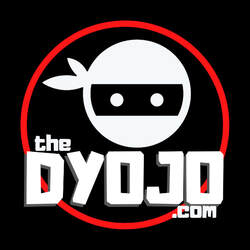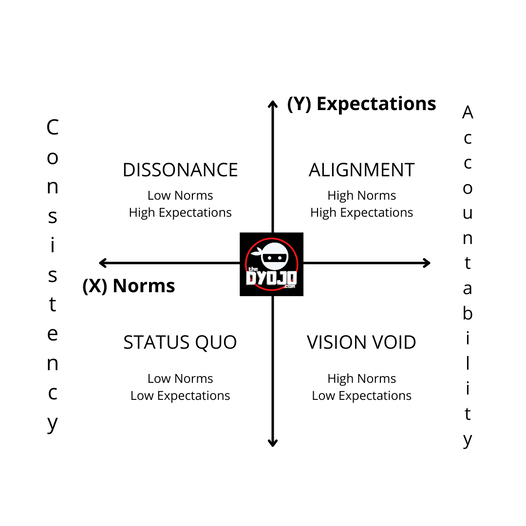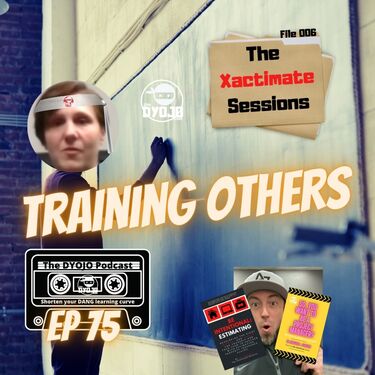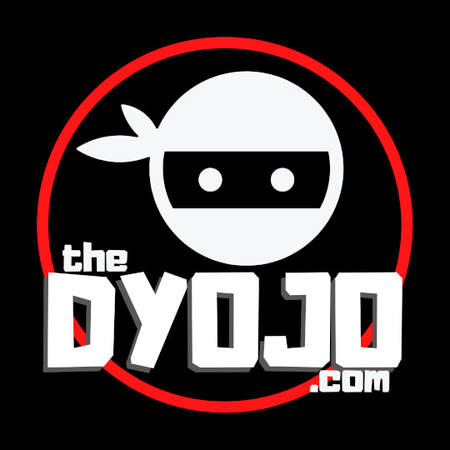|
My friend, the global restoration watchdog, Pete Consigli, didn’t lie. The AEML Winter Break in January 2022 was FABULOUS. He said, “Be there or be square," and the team delivered on a value packed event. We had three days of information that was pertinent to mold assessors and remediator‘s, and so much more. Topics included:
A testament to the value that AEML brought to the microbial remediation industry was that the speakers were excited and engaged in the presentations from the other speakers. They often were the ones asking probing questions of each other to get a better understanding of the area of focus being discussed. If you want to know more about this event, and whet your appetite for 2024 when THE Florida Mold Conference returns:
2 Comments
As a person in a position of leadership, your mindsets and habits have to be consistently refreshed if you want to develop a thriving workplace culture. It is important to remind yourself that those who are doing well are not smarter or more talented than you; they have more experience than you. Learning from the experiences, aka failures, of others helps you to shorten your dang learning curve for professional development.
As you pursue building a strong culture, don't make it any more difficult than it has to be. If you build a culture that is good to your people, your people will be good to your clients. Word will spread and you should have a great shot at remaining competitive as you work with your team to adapt to ongoing challenges and evolutions in the market. As you build your experiences in your efforts to develop your culture, perhaps this picture will help you develop the right mindset and habits for your journey. Four Quadrants of Alignment for Workplace CultureDeveloping an Intentional Workplace CultureIf you become discouraged with your progress, remember that the most important component is to be intentional with your process. Success grows experiences, and experience sprouts from failure. When you can learn from the experiences of others, you may be able to shorten your learning curve. The benefits of developing the right mindset and habits to build a thriving workplace culture will show fruit if you stick with it. We discuss the four quadrants from the graphic above as well as the process of moving your team towards alignment in greater detail in our article published in Claims Pages as well as our book Be Intentional: Culture. Those in a position of leadership are making the effort to bring their organizational norms, what the team actually does, into alignment with the expectations, or the stated vision and values. We resume our series, The Xactimate Sessions. We are discussing the mindset and habits that have helped your peers in the insurance claims industry to elevate their scoping, estimating, and project management game. File 006 introduces the audience to Joyce Gabriel, a talented general manager for a full-service restoration company based in Tacoma, WA. Listeners will remember when Joyce joined us for podcast episode 52 to discuss some of the powerful tools she has learned for connecting with and interacting with your team. Joyce rejoins the podcast and helps us explore the mindset and habits for effectively training your employees to understand and utilize the Xactimate estimating software. Xactimate Podcast DiscussionThe Xactimate Sessions from The DYOJO Podcast File 006: Training Others In Xactimate Season 3, Episode 75 Guest: Joyce Gabriel, General Manager (Tacoma, WA) Our discussion includes appearances by these guests:
Sponsors of The DYOJO Podcast
The DYOJO Podcast New episodes of The DYOJO Podcast are released on Thursdays 9am PST via video through YouTube and/or audio is distributed through platforms such as Apple, Spotify, Google, etc. Learn more by visiting our website - YouTube.com/thedyojo We created the Fellowship of Construction Knowledge and Entrepreneurial Development (FoCKED) last year as a means of networking for local restoration contractors and insurance claims professionals based in the Pacific Northwest. We held in person meetings in Puyallup, Washington and had several hearty discussion on issues that contractors and entrepreneurs face daily in the marketplace as well as in their growing organizations. Is Program Work Right for Your Restoration Company?We are exploring the idea of opening the discussion to restoration contractors and insurance claims professionals on the West Coast. One area of discussion that doesn't always allow for earnest feedback online, is the topic of program work in the insurance claims world. If you or your team members have asked:
Discussing Restoration with Other ContractorsAre you interested in a contractor to contractor roundtable discussion about program, third-party administrator (TPA), and preferred vendor work? Please fill out the survey on the FoCKED webpage to express your interest. If we have enough entries, we will continue our work to set up a moderated discussion in an environment where restoration contractors can ask their peers honest questions about their wins and losses in this realm. Technology is creating opportunities for insurers and contractors to consolidate resources for all parties to a claim. While many claims professionals are familiar with the concept of 360-degree scan and/or photographing technologies, I meet many who do not know how to utilize these resources. My goal with this article is to share how 360 scanning can help expedite claims collaboration. Expedite claims collaboration with technologyIn property damage claims, thorough data capture is essential. We know that a picture speaks a thousand words, so what is the value of a 360 capture that can be reviewed by anyone with access? All claims professionals are familiar with the awful feeling when they don’t have the one picture that they need to support a claim-related item. With the tools I mentioned, you can take a screenshot of any area in question that was not previously captured. If an adjuster and a contractor are negotiating a claim, they can both access the scanning resource and discuss claims items with the benefit of a three-dimensional room-by-room review. Additional Resources from The DYOJO
What is fire damage chasing?What is fire chasing? In its broadest application, fire chasing would apply to any contractor showing up to a fire-damaged structure without being invited. In the extreme opposition to chasing a fire damage loss, the detractors would have you believe that the only ethical approach to such a project would be via the invite of the agent, adjuster, and/or the client. This is laughable at best given that so many of these same people likely would lambast preferred vendor or third-party administrator (TPA) work, which is where the majority of these magical invites come from. Is fire damage chasing good business?If you turn to the internet for an answer to the question of whether fire damage chasing is ethical or good business practice, you are in for a variety of opinions. Whether you are growing your career or growing your business, you must always remember one key thing – it’s your DANG journey. No one is going to walk it for you. No commenter on social media, no coach, no consultant, no author, and certainly no mediocre podcast host, is going to take the direct hits when you fail or feel the wins as deeply as you do when you succeed. While it is smart to seek and take in good counsel on any element of business that may be new to you, I think it is important to consider a few universal questions:
The history of fire damage chasingIt’s comical, and lacks historical perspective, for anyone to label fire chasing as ambulance chasing or any other derogatory term. Modern fire fighting as we know it came out of firefighters literally chasing fires and fighting each other for the right to be paid to fight the fire by the insurance company. Let Smithsonian Magazine paint the picture for you, In a scene from the film Gangs of New York, set in Civil War-era Manhattan, a crowd gathers in the night as a fire breaks out. A volunteer fire department arrives, and then another. Instead of cooperating to extinguish the blaze, the rival fire companies head straight for each other in an all-out brawl as the building burns. Providing for your family and growing your business is a battle. No one should look down on another person for trying to do either of these things. In my opinion, fire chasing is not a dirty methodology. Obviously, some people do it in less than reputable ways and it is important for members of the industry to address this. Bad actors are bad for your reputation in a local market and the perception of the industry as a whole.
More on the topic of fire damage chasingThis is an excerpt of an article that was published by Cleaning and Restoration (C&R) Magazine, please read the full article for additional information and context.
Additional Resources from The DYOJO
|
Words
The DYOJO - helping contractors shorten Archives
June 2024
Categories
All
EstimatingMarketingInsurance ClaimsLeadership |
|
| |||||||





 RSS Feed
RSS Feed
